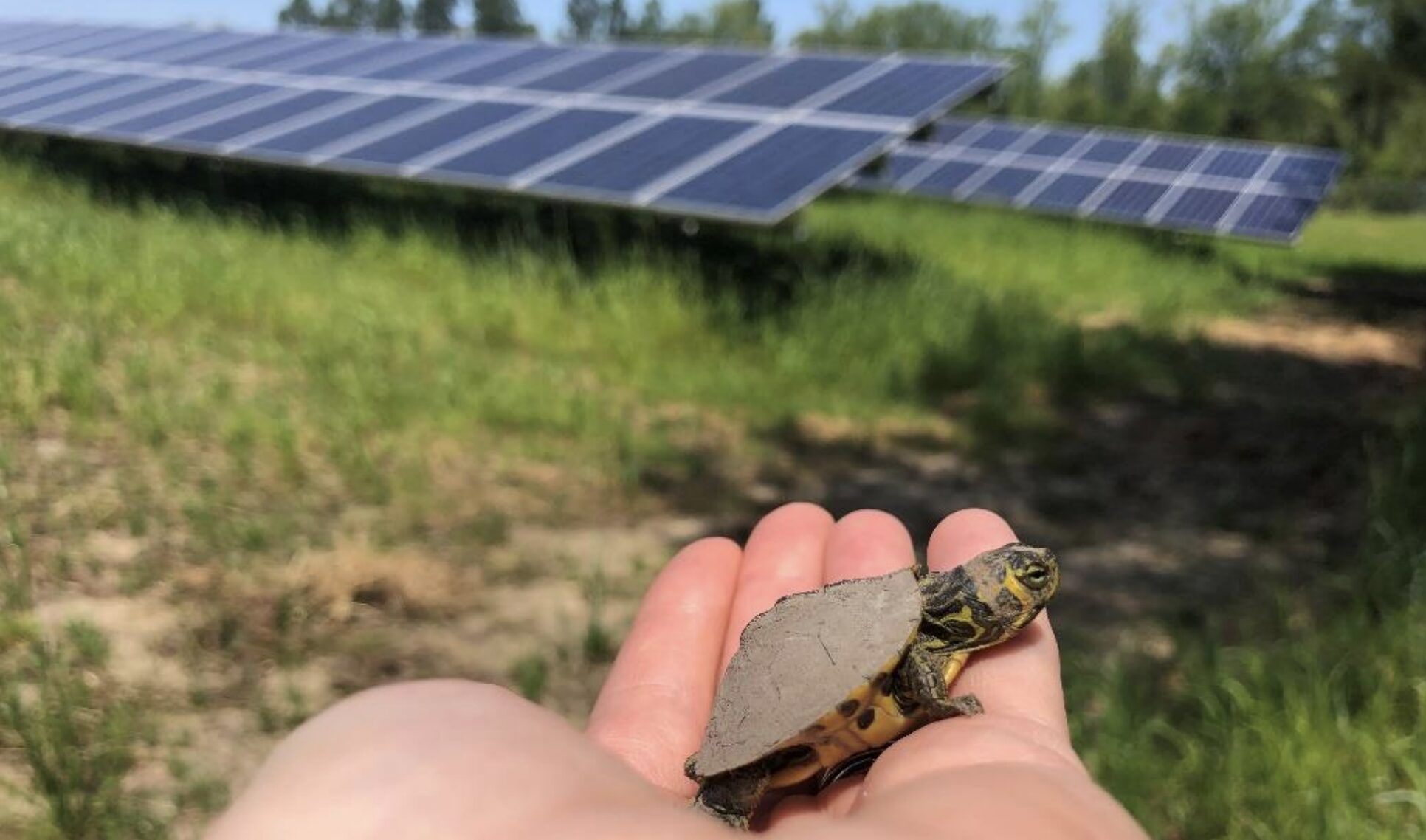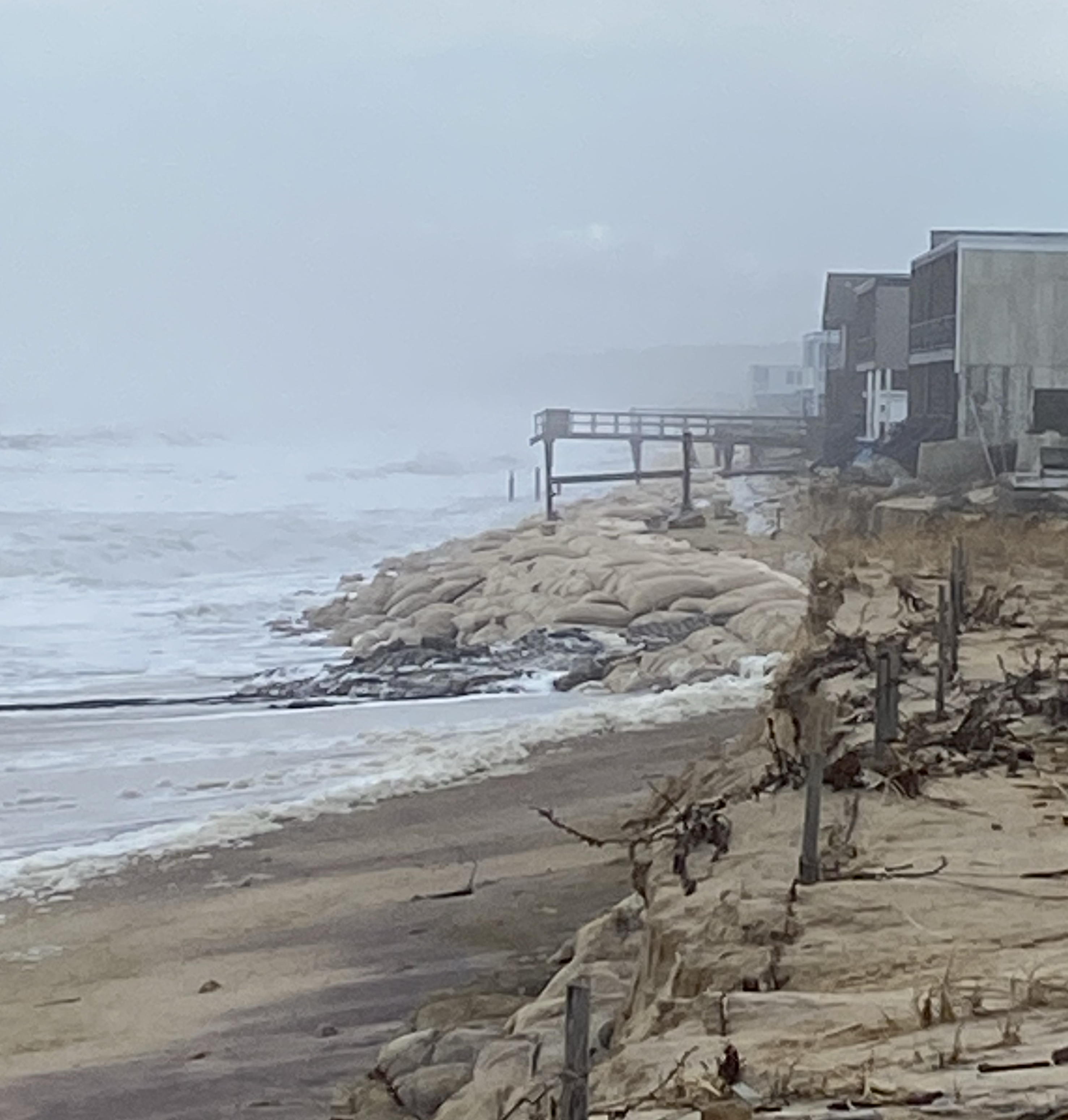
Natural Disaster Protection for Infrastructure

Natural disasters can evoke detrimental damage to infrastructure with untold human casualties. According to the Asian Disaster Reduction Center, the frequency and relative ferocity of natural disasters on a global scale has increased, leading to rising costs in damages rendered to society. Additionally, due to the need to secure a greater supply of “stored” natural energy, hydraulic fracturing has become a major source of concern with regard to contributing to the potential for seismic activity.
This idea is based on protecting infrastructure from deluge associated with tsunami waves, typhoons/hurricanes, and earthquakes. A few engineering innovations that would better protect buildings include the use of hydraulic ratcheting to raise the building from the foundation during earthquakes, nano building materials that keep structural integrity whilst releasing material stresses to enable swaying and shock, and rising scaffolding from the ground up to protect buildings from flooding/waves. Additionally, an automated system would be keyed into vibrations beneath the building (or city center if constructed as a complex) as well as to reports of potential natural disasters on the way. Such smart buildings are capable of protecting themselves and their occupants from weather-related disasters including torrential flooding, hurricanes, and anything else nature can muster.
Photo credit to Chuck Simmins.






















